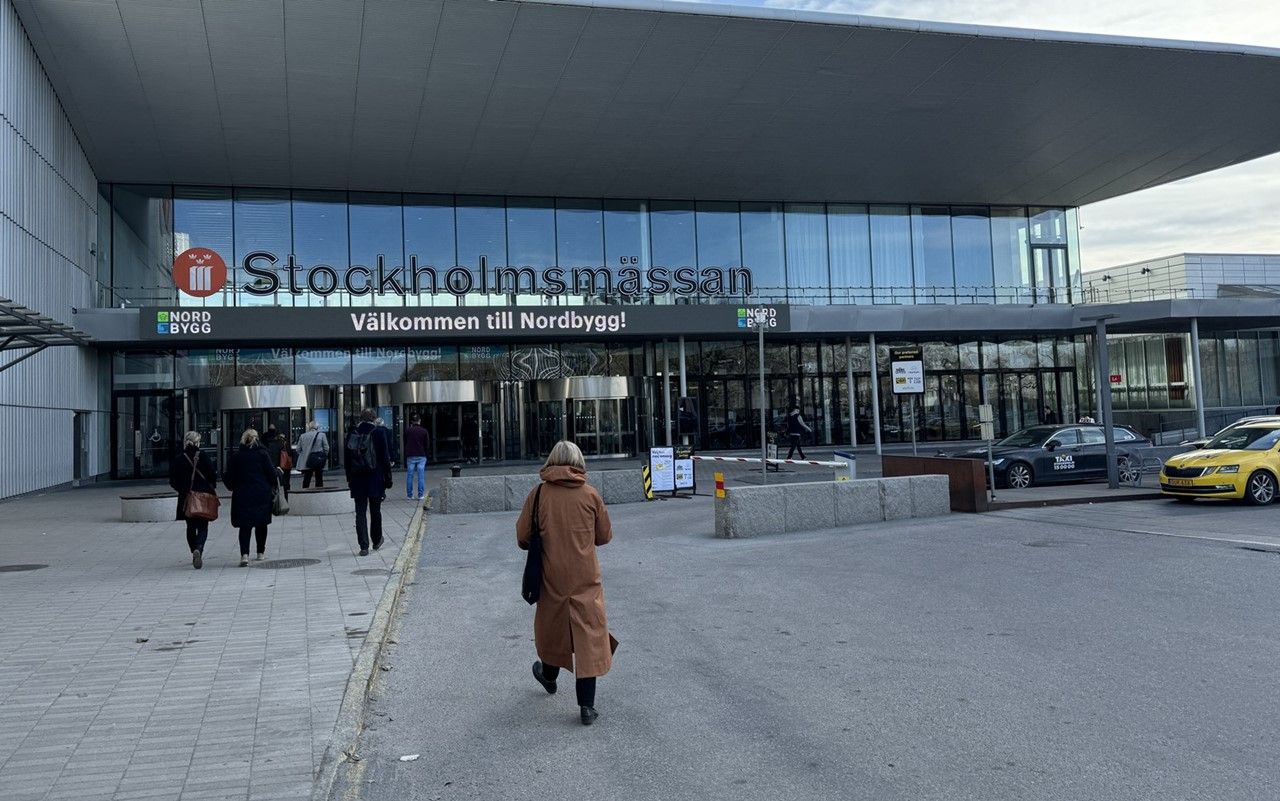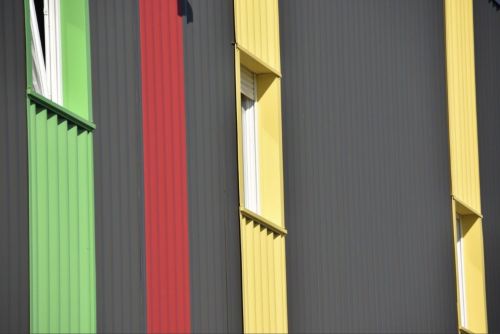As good as it gets?
Investment & finance
In 2017 both Poland and the Czech Republic recorded their second highest ever investment volumes, with respective shares of 39 pct and 27 pct of the total for the region. They were followed by Hungary (14 pct), Romania (8 pct) and Slovakia (4 pct). “With a solid pipeline of transactions set for 2018, we expect another strong year. Our forecast for the full year suggests CEE regional volumes will reach in excess of EUR 12 bln, which could again challenge the new record set in 2017,” says Kevin Turpin, the CEE head of research for at JLL. “2018 has already seen the benefit of deals that slipped from the end of 2017 and Q1 is likely to exceed EUR 3 bln. This year is to be characterised by yield compression for offices and logistics, yield differentiation across the retail sector creating value opportunities in the light of excellent consumer spending growth, and alternative asset classes – residential, student housing – becoming a mainstream discussion, but stock will be limited during their infancy,” adds James Chapman, the international partner for CEE capital markets at Cushman & Wakefield.
Poland still of interest
The Polish investment market saw EUR 5.03 bln traded in 2017. This volume was similar to the highest ever transacted in Poland, in 2006, when the figure came to EUR 5.05 bln. In 2017 around EUR 2.07 bln was traded in the retail sector, EUR 1.58 bln in offices, EUR 940 mln in warehousing, EUR 342 mln in the hotel sector, and the remaining investment was for mixed-use and residential projects. Some major transactions in retail expected to close at the end of 2017 have been moved to early 2018. In the office sector, investment in the regions outpaced Warsaw by over 50 pct, with the regional cities accounting for a record high investment volume of over EUR 950 mln. “The investment market in Poland remains in good form as the transaction volume achieved in 2017 testifies. The beginning of 2018 has also started off well, with, for example, the Project Chariot transaction ,which includes all the M1 centres for app. EUR 1 bln. There was also a partial resale and this transaction will be included in the Q1 2018 numbers,” says Tomasz Trzósło, the managing director of JLL in Poland. He goes on to add that: “Investors continue to be interested in Poland. However, they are displaying more caution in their general macro approach and are more prudent in valuations than in previous years.” But he also states that: “Changes in the country's tax law, the brief period before they come into force coupled with investor difficulty in accommodating these changes, have worried investors. We can see that they are more cautious. In the opinion of investors, the risk is higher, and when assessing their investment the risk premium will probably increase –capitalisation rates can go up and prices down.” Nonetheless he remains decidedly upbeat. “We expect good volumes for 2018 with large scale transactions on the horizon in the office investment sector for both Warsaw and the regional cities. At the same time, logistics investment is expected to continue to attract investor interest and both portfolios and large single assets should trade in 2018, subject to owners putting such product on the market,” he says. This year there is likely to be a large amount of new product in the office sector: “With a large number of new buildings under construction, investors in the office market are well aware of the new supply in the pipeline, and a possible rise in the vacancy rate along with the difficulty in maintaining rental rates that this may entail. However, at JLL, we believe that much of this new supply will be absorbed by the market,” predicts JLL’s managing director. The Polish market saw a considerable growth in hotel transactions in 2017, with around EUR 342 mln invested across two portfolio and seven single-project deals. This involved Middle Eastern, Turkish and Thai capital entering the market, with four assets trading in excess of EUR 50 mln. “Across the traditional sectors of retail, office and industrial, the 2018 pipeline, whether committed, in due-diligence or in advanced marketing, is high – and the expectation is for the all-time volume record of EUR 5.05 bln, set in 2006 and almost reached in 2017, to be exceeded,” says Tomasz Trzósło.
Domestic capital flexes its muscles
In the Czech Republic, investment volumes also remained robust and totalled EUR 3.54 bln in 2017, which compares to EUR 3.62 bln in 2016. Retail made up 45 pct of the total volume. It was the largest sector by a large margin. The office sector continued to demonstrate strong performance with 29 transactions making up 29 pct of the total investment volume. In the industrial and logistics sector, JLL recorded transactions worth EUR 366 mln for 2017, which comes to 10 pct of the total volume. The most notable difference in 2017 was the growth of domestic Czech capital in the investment volumes, with domestic institutions investing up to 31 pct of the total volume, which is both a record on the Czech market and the highest level of domestic activity across the Central and Eastern Europe region. “Czech capital has also started crossing borders with CPI investing into Germany and REICO investing in Poland. JLL expects this trend to continue through into 2018,” says Mike Atwell, the head of CEE capital markets at JLL. “Polish capital is active on the Polish market, but its percentage share is much smaller than, for example, in the Czech Republic or Slovakia. Stopping work on the REIT Act will not help in this matter. Polish capital must be on a more significant scale in Poland before it can consider moving into other CEE markets. In my opinion, the problem lies more in an absence of willingness rather than a lack of possibilities. Some previous fund initiatives have proven unsuccessful which is probably the main reason for this phenomenon,” Tomasz Trzósło concludes.
The best of two halves
In H2 2017, the volume of transactions on the Hungarian commercial property market reached around EUR 1.1 bln, the highest half-yearly volume for the last ten years. As a result the volume for the full year at the end of 2017 came to EUR 1.84 bln, just shy of the EUR 1.97 bln record set in 2007. The office asset class kept the lion’s share of the investment market in H2 2017 with 43 pct of the overall volume. It was followed by retail assets with 35 pct, the industrial sector with 13 pct, hotels with 7 pct, while properties sold for redevelopment took the remaining 2 pct. Several investors debuted on the Hungarian market last year, including NEPI Rockcastle, Starwood Capital Group, China Investment Corporation (CIC) and Marathon Capital Global Finance. Over the second half of the year, Hungarian investors were the most active investors in the market, acquiring around EUR 350 mln of real estate, representing 32 pct of the total volume for the half-year. Among international investors, South Africans took the largest share with 28 pct of the half-yearly volume (this is due to only one deal), whereas US investors took a 10 pct share. Premium, core and value-add products have high liquidity, but properties in between these categories are raising little interest at present.
A 10 pct improvement
The real estate investment volume in 2017 for Romania is estimated at almost EUR 1 bln, around 10 pct higher than the EUR 890 mln for 2016. The number of transactions also increased, with an average deal size of app. EUR 28.5 mln. Bucharest accounted for app. 36 pct of the total investment volume, which is lower than in 2016 and shows that liquidity in secondary cities has improved. The total volume for 2018 is estimated to surpass the EUR 1 bln mark.
Not up to expectations
The total investment volume in Slovakia for 2017 came in at just under EUR 525 mln, with more than two thirds being closed in the second half of the year, which is less than the EUR 600 mln forecast by JLL, as several deals had not closed by the end of the year and slipped into 2018. According to JLL, Slovakia does not currently provide many prime or core opportunities, as these have already been traded over the last few years. Out of the 25 individual deals closed in 2017, the industrial sector registered the highest number of transactions as well as the highest investment volume, while offices and retail followed with an equal share. For 2018, JLL expects the total investment volume to reach EUR 650 mln.























































